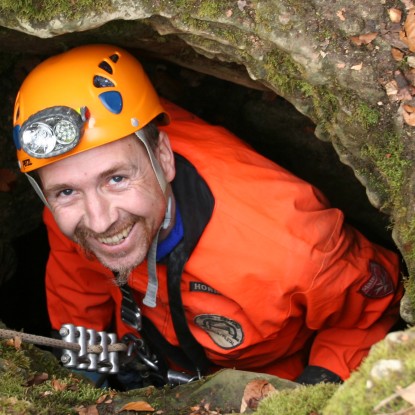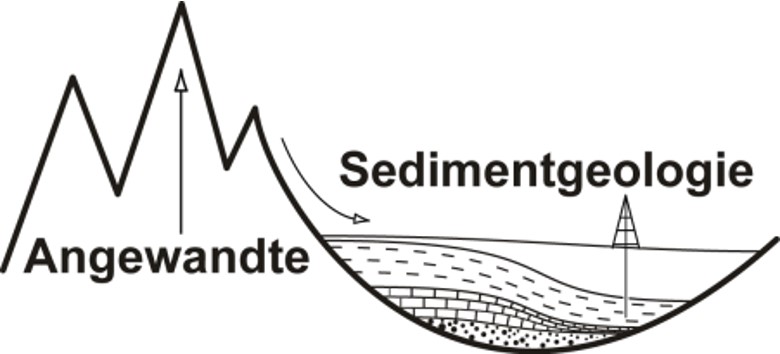Applicants: Dr. Jens Hornung
Persons in charge: Dr. Jens Hornung
Summary
Alluvial fans are the most prominent landform type in the Death Valley. They play a major role of buffering or coupling between the mountain catchments and downstream drainages. The western and eastern basin margins are flanked by alluvial fans which appear either coalescent and elongated on the western side or distinct and pie-shaped on the eastern side. Due to lack of vegetation alluvial fans are easily accessible as well for detailed outcrop analysis as for the use of ground penetrating radar.
The study wants to test the utility of ground-penetrating radar (GPR) in three dimensionally imaging alluvial fans, a landform that has had little attention by GPR users. Although literature on alluvial fans is steadily growing, there is a lack of understanding of the processes and controls influencing alluvial fan sedimentation (see e.g. Blair and McPherson 1994; Blikra and Nemec 1998). This is partly because of insufficient detailed stratigraphic information (Blair & McPherson 1994) due to difficulties of drilling in these landforms and finding appropriate sections for studies. We suggest that in face of the recent success of GPR imaging the subsurface (Davis & Annan, 1989; Moorman et al.1991; Gawthrope et al. 1993; Alexander et al. 1994; Stephens 1994; Beres et al. 1995, Brige et al. 1995; Asprion & Aigner 1999; Bano-Maksim et al. 2000), GPR will provide a means to eliminate this systematic problem on alluvial fans. The production of long, continuous two-dimensional profiles with deep penetration will allow us to determine the major architectural elements and their interrelationships. This in turn would facilitate the interpretation of long-term fan evolution. Of special interest will be the return frequency and magnitude of the formative processes (debris flows, braided fluvial system, sheet floods). Since the architectural elements delineated by the GPR can be attributed to the dominant sedimentary processes, they could be diagnostic for regional controls such as climate and tectonics.
However a crosscorrelation of depositional features to climate history is not possible without chronological control. The GPR analysis must be applied in conjunction with other investigative dating approaches (OSL, cosmogenic nuclides). The landform development in alluvial fan/source basin system reconstructed by field surveys and ground-penetrating radar analysis has to be correlated with dated stratigraphy which will be carried out in a further study.

Dr. Jens Hornung
Contact
hornung@geo.tu-...
work +49 6151 16-20632







